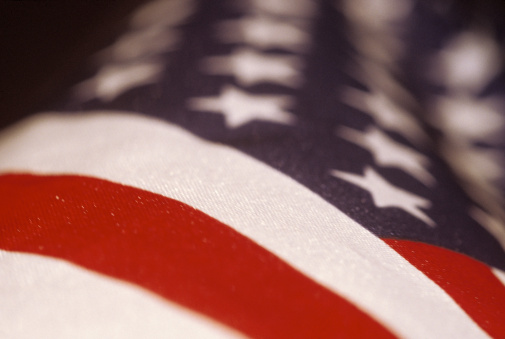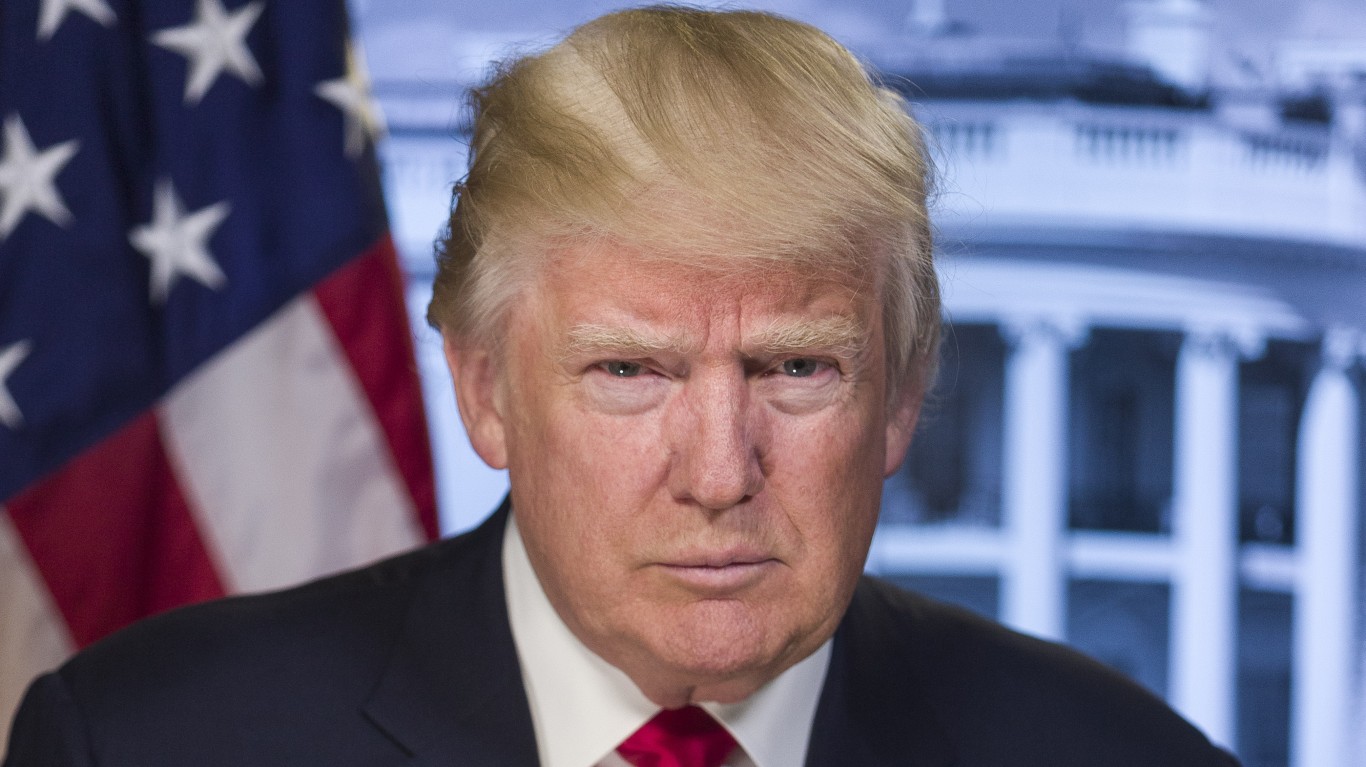A newly released study from the Tax Foundation suggests that the marginal effective tax rate on corporate investment is 35.3%. That makes it the highest marginal effective rate of all Organisation for Economic Co-operation and Development (OECD) countries, according to the study, a distinction the U.S. rate has had since 2007.
The report, titled “The U.S. Corporate Effective Tax Rate: Myth and the Fact” also found that the U.S. marginal effective tax rate varies by industry, from 26.7% for transportation to 39.3% for communications. It argues that the model used to assess effective tax rates in the United States fails to account for all taxes paid by corporations, and that excessive U.S. corporate tax rates have shrunk the U.S. corporate sector and reduced corporate tax revenues.
The Congressional Research Service has estimated corporate effective tax rates in the mid-20 percent range.
According to the report:
The excessively high corporate income tax rate has become a cause of tax inefficiency and ineffectiveness by leading businesses to excessive tax planning and tax-induced avoidance of incorporation. We are aware that both the government and the business sector in the U.S. are interested in reforming their corporate tax system. We want to point out, however, that the messy picture of U.S. effective corporate tax rates only reflects the inefficiency and complexity of the U.S. corporate tax system; it should not be used as an excuse for delaying its reform.
And:
The statutory corporate income tax rate of the United States is infamously one of the highest in the world, while effective tax rates on capital investments appear to be high and dispersed.
For businesses, it is not unusual to see their effective tax rates, regardless of how these are defined, being lower than their statutory tax rates. This results from tax preferences (“loopholes,” if using a pejorative term) that are more generous than the economic costs of generating taxable income.
For economists, it is also commonly understood that effective tax rates follow the trend of statutory tax rates in the long run. The long-run divergence between these two rates is not caused by the economic cycle but by irregular provisions of various conditional tax preferences. These irregular conditional tax allowances or credits narrow the tax base, which often goes hand in hand with rather high statutory tax rates.
The Tax Foundation is a Washington, D.C.-based think tank. Though it considers itself a “nonpartisan tax research group,” it is often seen as pro-business and reportedly has ties to conservative groups. U.S. economist Paul Krugman has criticizing reports by the Tax Foundation comparing corporate tax rates in the United States to those in other countries.
The Average American Has No Idea How Much Money You Can Make Today (Sponsor)
The last few years made people forget how much banks and CD’s can pay. Meanwhile, interest rates have spiked and many can afford to pay you much more, but most are keeping yields low and hoping you won’t notice.
But there is good news. To win qualified customers, some accounts are paying almost 10x the national average! That’s an incredible way to keep your money safe and earn more at the same time. Our top pick for high yield savings accounts includes other benefits as well. You can earn up to 3.80% with a Checking & Savings Account today Sign up and get up to $300 with direct deposit. No account fees. FDIC Insured.
Click here to see how much more you could be earning on your savings today. It takes just a few minutes to open an account to make your money work for you.
Our top pick for high yield savings accounts includes other benefits as well. You can earn up to 4.00% with a Checking & Savings Account from Sofi. Sign up and get up to $300 with direct deposit. No account fees. FDIC Insured.
Thank you for reading! Have some feedback for us?
Contact the 24/7 Wall St. editorial team.


